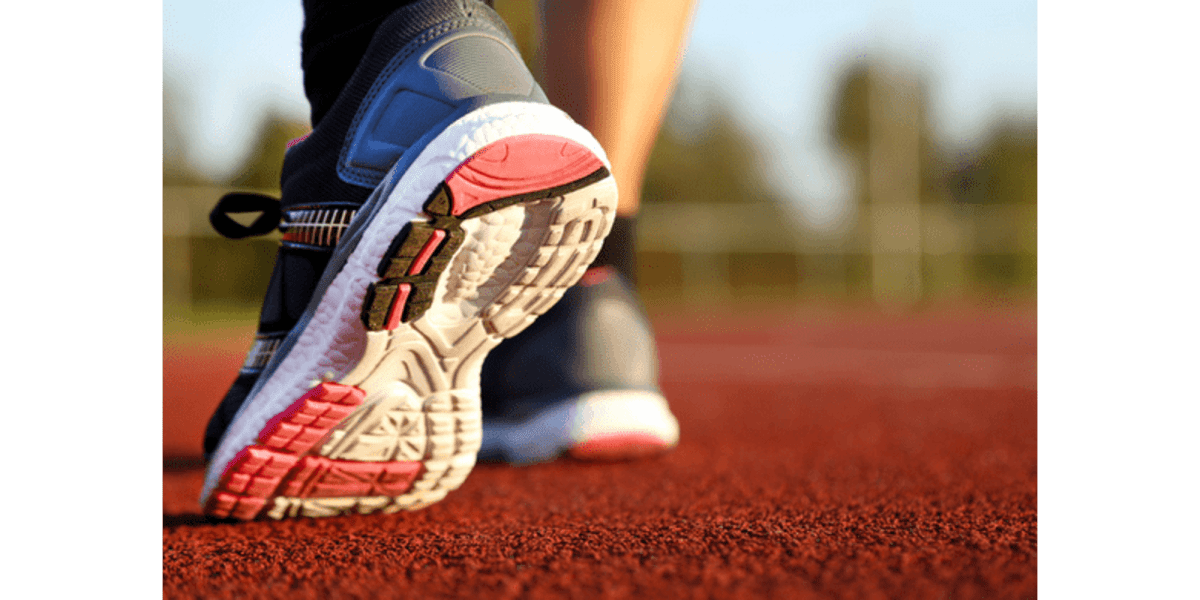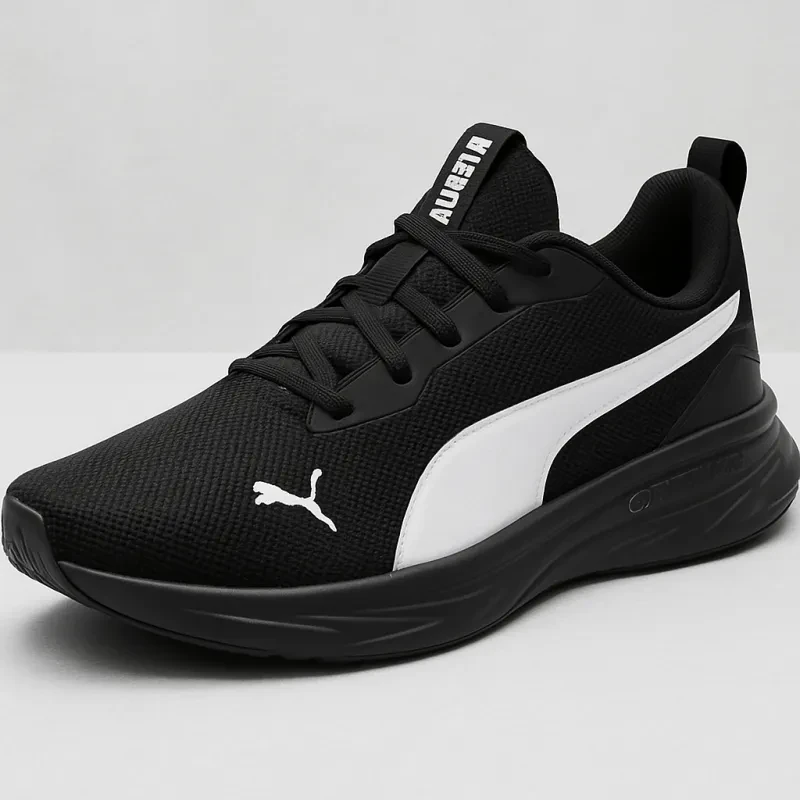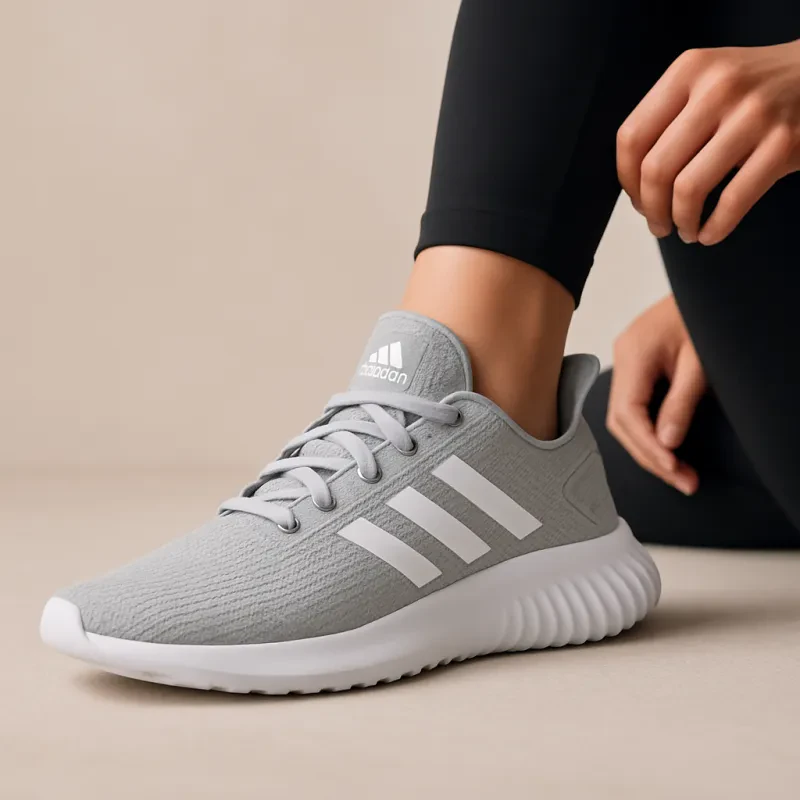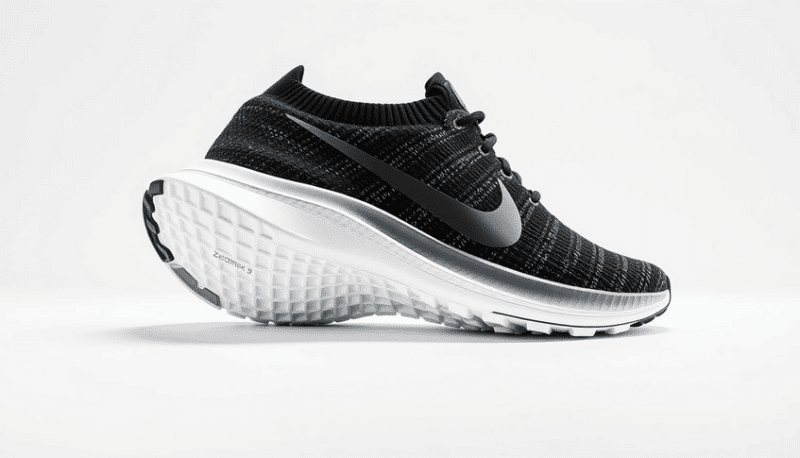Choosing the right shoe for your running gait can make a huge difference in your comfort and performance on the track or trail. Everyone runs a bit differently, and understanding your running gait will help you find the perfect pair of shoes. Think of it like finding the right fit for your personal style – it’s all about what feels good for you!
First, let’s break down the different types of running gaits. Most runners can be classified as one of three main types: neutral, overpronator, or underpronator (also known as supinator).
To determine your running gait, consider doing a gait analysis at a local running store or using online resources. Once you know your style, you can confidently shop for shoes that align with your needs. Comfort is key, so always try on different pairs and take a short test run to see what feels best. Remember, the right shoe not only supports your feet but can also help prevent injuries down the road.
Understanding Different Running Styles
When it comes to finding the right running shoe, understanding your running gait is super important. Your running style can influence how your foot strikes the ground and how your body absorbs shock. This information can help you choose shoes that provide the right support and cushioning, making your runs more comfortable and efficient.
There are three main types of running gaits: neutral, overpronation, and supination (or underpronation). If you have a neutral gait, your foot rolls slightly inward as you run, which means you’ll likely benefit from shoes designed for cushioned support. Look for something with good flexibility and that feels light on your feet.
If you tend to overpronate, your foot rolls too far inward. This can put extra stress on your joints. For this running gait, stability shoes are your best bet. They provide the extra support needed to help correct that inward roll. You'll find these shoes often have features like firmer midsoles or special cushioning to help keep your feet aligned.
On the other hand, if you’re a supinator, your foot doesn't roll inward enough. This can lead to stiffness and discomfort. Shoes with extra cushioning can help absorb shock and provide the support you need. You might look for shoes that offer more flexibility and a softer landing to make your runs feel smoother.
Understanding your running gait not only helps in selecting the right shoe but also minimizes injuries. If you’re unsure about your gait, consider visiting a specialty running store, where experts can analyze your stride and give personalized recommendations. This way, you can hit the ground running—literally!
Top Features to Look For in Shoes
When you're on the hunt for the perfect running shoes, it's crucial to consider certain features that cater to your specific running gait. Not all shoes are created equal, and the right pair can make a world of difference in your comfort and performance. Here are some top features to look for:
By focusing on these features that complement your running gait, you're one step closer to finding the ideal pair of shoes that will carry you through those miles with ease and enjoyment.
Tips for Fitting Your Running Shoes
Finding the right fit for your running shoes can make all the difference, especially when you consider your running gait. Here are some simple tips to help you select shoes that feel just right!
1. Measure Your Feet: Before you shop, take a moment to measure your feet. Size can change over time or even throughout the day. Stand up and measure your feet to get an accurate length. Don’t forget to measure the width too, as this can affect how your shoes fit.
2. Consider Your Running Gait: Your running gait—how your foot strikes the ground—plays a big role in what shoes you should choose. If you tend to overpronate (your foot rolls inward) or supinate (your foot rolls outward), look for shoes designed specifically for your type of support needs. Visit a store that offers gait analysis to better understand your style!
3. Try Shoes on Later in the Day: Our feet can swell throughout the day, so it’s a good idea to try on shoes when your feet are at their largest. This way, you’ll get a better sense of how they’ll fit during your runs. Also, wear the socks you plan to use when running to ensure a snug fit.
4. Walk and Run in the Store: Once you’ve found a pair you like, take a little jog around the store. Pay attention to how they feel. You want a snug fit around the heel and midfoot, but there should be enough room in the toe box for your toes to wiggle. This is especially important for runners to prevent blisters and discomfort!



